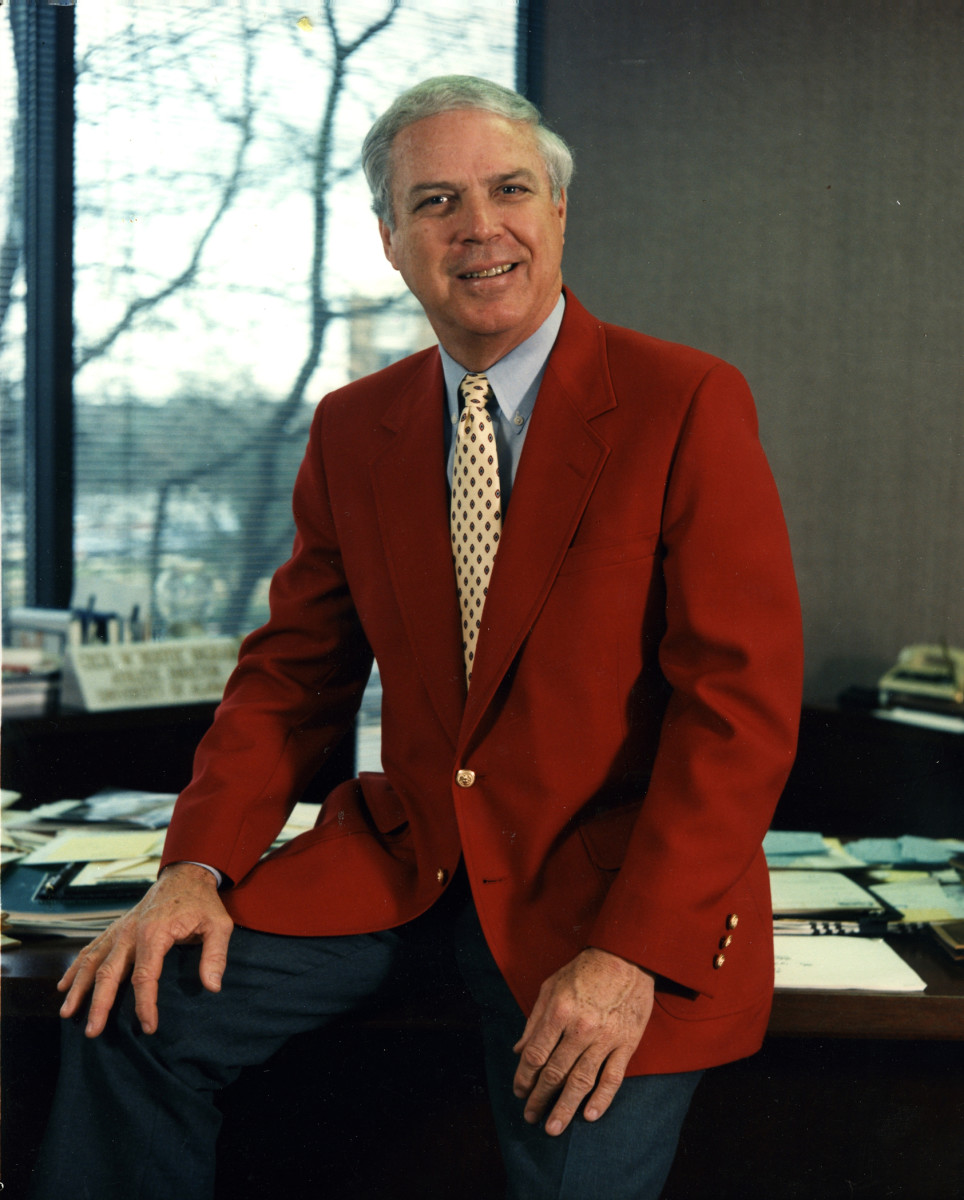Daily Dose of Crimson Tide: Hootie Ingram

How could anyone not like a guy called Hootie?
Cecil “Hootie” Ingram was born and raised in Tuscaloosa and became a three-sport standout at Tuscaloosa High School before concentrating on football, and playing some baseball, at the University of Alabama.
In addition to being an infielder, Hootie was a standout defensive back and earned All-SEC honors as a sophomore in 1952 after leading the nation with 10 interceptions (which is still a team record) and returning them 173 yards, two for touchdowns.
Ingram also set an Orange Bowl record in the 1953 game, with an 80-yard punt return in Alabama’s 61–6 win over Syracuse, and handled kickoffs for the Crimson Tide — developing a reputation for stalling to make sure he got some face time on television.
Ingram later tried his hand at coaching. After serving in the U.S. Army, he coached at the high school level before stints as an assistant coach at Virginia Tech, Georgia, and Arkansas. He was named Clemson’s head coach in December 1969.
Following legendary Frank Howard, Ingram tried to give the program a new identity, but his teams only went 12–21.
“When I came to Clemson, then-coach Howard was still athletic director,” Ingram recalled in 2000. “He had his office and all of my assistant coaches had an office. The only person who didn’t have an office was me. I remember one of the custodial people in Fike [Field House] helped me clean out a storage room. We had some carpet put down and that was my office.”
Ingram strongly influenced two Clemson traditions, starting one and nearly derailing the other. The first was the new tiger paw logo.
“I wanted something unique,” he said. “The tiger paw was just that.”
The other was Clemson’s running down the hill to the stadium field. Ingram decided to have the team make its entrance in the west end zone instead, but, after compiling a 6–9 home record, the players came down the hill prior to playing South Carolina in 1972. In a cold, freezing rain, Clemson won 7–6 when Jimmy Williamson knocked down a two-point conversion pass to preserve the win.
But Ingram’s best known as an administrator, and for eight years he served on the Southeastern Conference staff before spending nine years as athletic director at Florida State.
On September 13, 1989, Ingram returned to the Capstone as director of athletics, which he called “a dream come true.”

Ingram’s subsequent biggest decision came in 1990, after Bill Curry resigned as head coach. One of the first calls he made was to Bobby Bowden, an Alabama native who would have taken the job when it was instead offered to Curry three years before.
“The timing was bad,” Ingram told The Tuscaloosa News. “It was just hard to communicate with Bobby in that situation and we had several fine candidates. It wasn’t a situation where you wanted to wait that long.”
Bowden, who was in Japan to coach an all-star game when Ingram called, considered the proposition, but not for long.
“I thought about it about an hour and decided it was too late,” he said. “Gene Stallings evidently was the right guy.”
Alabama won the national championship in 1992, but Ingram resigned three years later after the National Collegiate Athletic Association placed the football program on probation, saying he could no longer be an asset to the school.
However, he's still a regular fixture in the press box at Bryant-Denny Stadium on game days.
Some of this post originated from "100 Things Crimson tide Fans Should Know & Do Before They Die," published by Triumph Books
